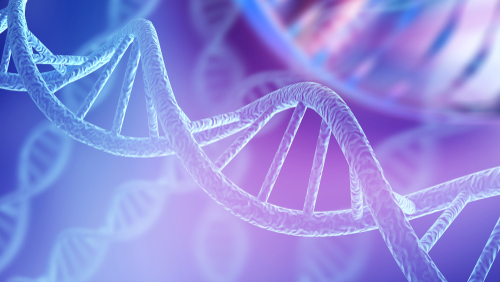
DNA synthesis technologies— a cornerstone of life sciences research and biotechnology development—are becoming more advanced and commercially available. Although much of this technology is used for clinical diagnosis and treatment, its potential exploitation may lead to ominous biological security threats.
In a new report issued by the World Economic Forum and the Nuclear Threat Initiative, public and private-sector experts share their opinions on how to standardize screening processes to combat the accidental or intentional misuse of pathogen or toxin DNA.
“Biotechnology is at the center of the Fourth Industrial Revolution,” said Arnaud Bernaert, head of Shaping the Future of Health and Health Care at the World Economic Forum. “To deliver on the promise of the biotechnology revolution, we must seize opportunities to develop and deliver life-advancing innovations while simultaneously and urgently addressing potential risks associated with a growing and democratized bio-economy.”
This screening would be a vanguard initiative, as Ernest J. Moniz, co-chair and CEO of the Nuclear Threat Initiative, writes in the report:
“Unfortunately, no governments currently require screening for DNA synthesis, and developing, implementing and maintaining screening procedures are becoming increasingly expensive relative to other business costs. This creates an economic disincentive for companies to do the right thing. Potentially compounding the problem is that benchtop DNA synthesis is now within reach, posing significant additional challenges that the international scientific community and global decision-makers have yet to fully imagine.”
The report, Biosecurity Innovation and Risk Reduction: A Global Framework for Accessible, Safe and Secure DNA Synthesis, outlines the reasons why some groups might be deterred by a screening process. For example, DNA providers—those specifically in developing markets—are at a financial disadvantage when it comes to allocating time and expertise to uncover which ordered DNA sequences may need more scrutiny. It becomes an economic burden to follow up with customers who purchased those sequences.
The goal of the proposed restricted-access screening mechanism is to be cost-effective and sustainable and to improve upon existing voluntary guidelines. Before this can be achieved, the report states that an international consortium must first generate a “consensus on a set of publicly available DNA sequences most likely to cause harm when misused.” Many of these DNA sequences are already considered to be controlled under regulatory and export regimes, such as the Australia Group, EU Regulation No 428/2009 and the U.S. Select Agents Regulations, according to the document. The new mechanism would also create screening algorithms so that DNA providers could match a sequence in the common set of DNA sequences. The mechanism would be limited to publicly available sequences and data.
By 2021, the consortium will work with providers of benchtop machines to enact procedures to screen each DNA sequence before it is synthesized. The machines would be unable to synthesize DNA sequences determined to be those listed to cause harm. However, the report’s authors make provisions for legitimate users of pathogens and toxin DNA, such as academic researchers working in a secured laboratory, who could request an “unlocked” benchtop DNA synthesis machine.
Besides gaining the support of international organizations, the report suggests local governments and organizations, such as law enforcement, should be informed about the risks associated with the possible misuse of synthetic DNA and have a national point of contact when officials recognize illicit gene synthesis.
“It is time for the commercial sector to standardize the uneven patchwork of security and safety practices across facilities, countries and regions, but the screening mechanism described in this report is only a start,” Moniz writes. “A larger system of common global life science norms must be established in parallel and will require oversight from a globally recognized normative entity. NTI and the World Economic Forum are dedicated to convening senior leaders from governments, companies and international organizations to plan its creation.”




